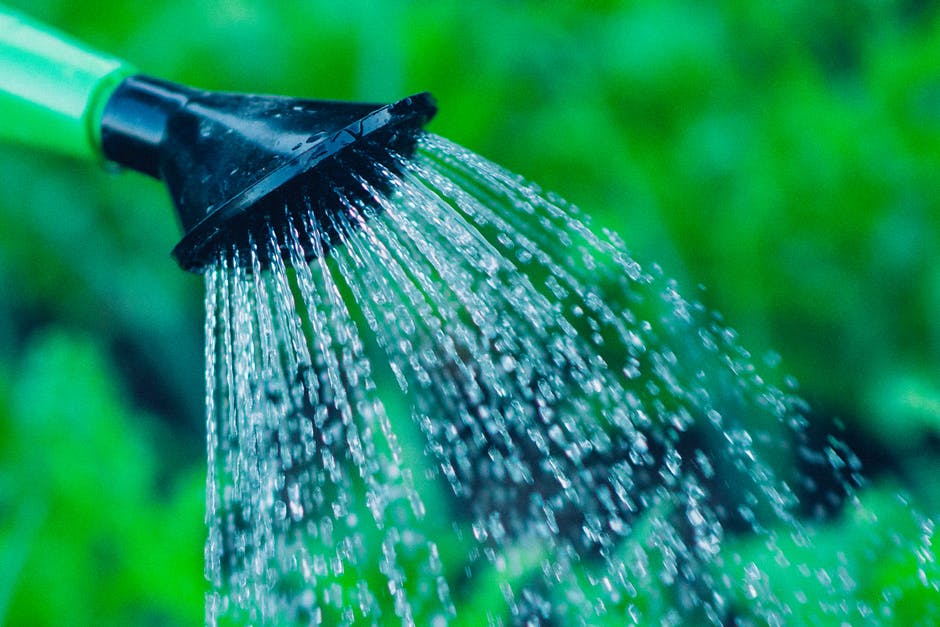
When you look at your lawn you probably see green grass, trees, and flowering plants and bushes. But your lawn is so much more than that; it’s a complex ecosystem of plants, soil, and creatures that need your help to thrive. Caring for your lawn doesn’t have to take a lot of effort – it’s more important to know what you’re doing so you can focus your efforts on maintaining a healthy and thriving lawn. Here are some tips to help point you in the right direction!

Mowing Your Lawn
Your grass simply needs to be mowed whenever it’s growing – if it’s not too icy or wet, that is. When spring rolls around, you should be mowing your grass about once a week at your mower’s highest setting. As growth speeds up, you can lower your mowing blade height. Don’t let the clippings cover your lawn too thickly. Any spots that have a covering of thick clippings need to be raked or the clippings could smother the healthy grass underneath.
As growth slows in the fall, you should only need to mow your grass one to two times per week to keep it thriving. Remember, mowing your grass to the correct height keeps it healthy and helps your lawn to be resistant to disease and pest infestations.
Feeding Your Lawn
Should you fertilize your lawn? Well, that really depends on the soil that lies underneath that carpet of lush grass! As a general rule of thumb, you should use a liquid or granular lawn fertilizer once a year, but what you feed it really depends on the time of the year.
In the spring and late summer, you probably need to alter the nitrogen content of the soil. This helps to support healthy leaf growth of the grass. In the fall, your soil probably needs more potassium to keep the roots healthy as it prepares to go dormant for the winter.
Just remember not to over-fertilize the grass. By doing so, you can create problems with growth (the opposite of what you’re trying to do!) or create fungal problems in your lawn.
Watering Your Lawn
During the drier parts of the year, any newly laid turf or freshly planted grass should be watered once a week until it’s had a chance to become firmly established. For established lawns, you don’t need to water in dry periods, but you should probably stop mowing in order to help the grass protect its root system. Don’t be alarmed if your lawn turns brown – when it rains, it’ll bounce right back.
When you do water, make sure it’s early in the morning or in the evening. This will help to ensure the water doesn’t evaporate and gives it a chance to actually penetrate the lawn.
Weeding Your Lawn
To reduce the weeds and moss growing in your lawn, check your soil’s pH in the winter. The more acidic the lawn, the more prone it will be to weeds. You can alter the pH of the soil by applying limestone or chalk and also by applying a weed killer in the late spring or early summer, applying again in the early autumn. You can also dig out weeds by hand if you want to go old school!
Caring for your lawn isn’t difficult. You’ve already conquered the first step here, after all! So go forth and put your knowledge to good use as you create and maintain a lawn that will be the envy of all your neighbors!